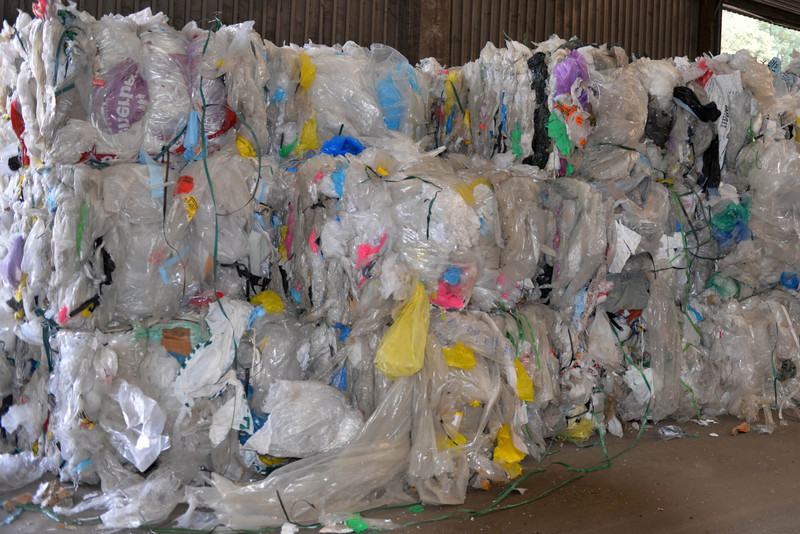Plastic Material Recycling: Opportunities and Challenges
Introduction:
With the significant increase in plastic production worldwide and the environmental challenges associated with it, plastic material recycling has emerged as a crucial solution for reducing environmental pollution and improving plastic waste management. This article explores the opportunities and challenges related to the recycling of plastic materials.
- Importance of Plastic Material Recycling:
– Resource Conservation: Plastic material recycling involves reusing materials that have been consumed during the production process, thereby reducing the use of natural resources.
– Environmental Pollution Reduction: Plastic material recycling leads to a decrease in the amount of plastic waste in landfills or oceans, mitigating environmental pollution.
– Energy Conservation: Recycling plastic materials requires less energy compared to the production of virgin plastic, contributing to energy conservation.
- Types of Plastic for Recycling:
– Polyethylene Terephthalate (PET): PET is commonly used in beverage bottles and can be recycled into new PET bottles or polyester fibers.
– High-Density Polyethylene (HDPE): HDPE is found in containers for milk, detergent, and shampoo. It can be recycled into new HDPE containers, plastic lumber, or pipes.
– Polyvinyl Chloride (PVC): PVC is used in pipes, window frames, and vinyl flooring. It poses challenges for recycling due to the presence of additives but can be recycled into new PVC products.
– Low-Density Polyethylene (LDPE): LDPE is found in plastic bags, shrink wrap, and squeezable bottles. It can be recycled into new LDPE products or plastic lumber.
– Polypropylene (PP): PP is used in food containers, bottle caps, and automotive parts. It can be recycled into new PP products or fibers.
- Recycling Process:
– Collection and Sorting: Plastic waste is collected, sorted, and separated based on its resin type and color.
– Shredding and Washing: The sorted plastic is shredded into small flakes and washed to remove impurities such as labels, adhesives, and contaminants.
– Melting and Pelletizing: The cleaned plastic flakes are melted and formed into pellets or granules, ready to be used in the manufacturing of new plastic products.
– End-Product Manufacturing: The recycled plastic pellets are used as raw materials in various industries to produce new plastic products.
- Challenges and Solutions:
– Contamination: Contamination of plastic waste with non-recyclable materials hinders the recycling process. Public awareness campaigns and improved waste management systems can help address this issue.
– Technological Limitations: Some types of plastics are challenging to recycle due to their composition or the presence of additives. Research and development efforts are focused on developing advanced recycling technologies to overcome these limitations.
– Market Demand: The demand for recycled plastic products plays a crucial role in driving the recycling industry. Encouraging the use of recycled plastics through regulations, incentives, and consumer education can stimulate market demand.
Conclusion:
Plastic material recycling offers substantial opportunities for conserving resources, reducing environmental pollution, and achieving a more sustainable approach to plastic waste management. However, addressing the challenges related to contamination, technological limitations, and market demand is essential for the success of plastic recycling initiatives. Collaborative efforts involving governments, industries, and individuals are crucial in promoting a circular economy and maximizing the benefits of plastic material recycling.

